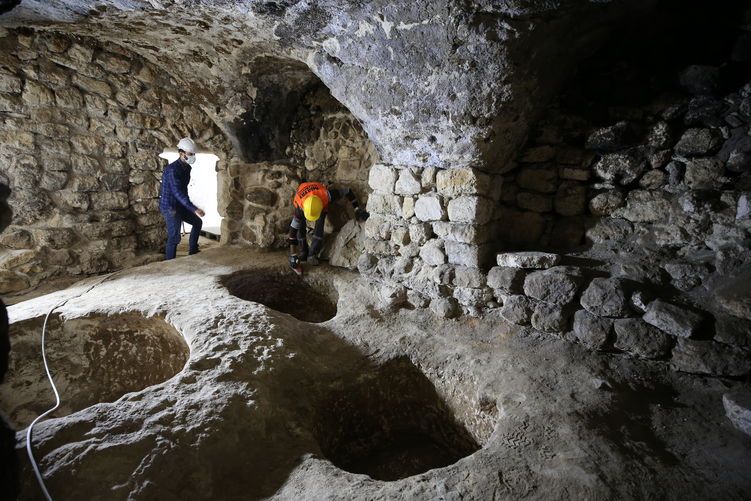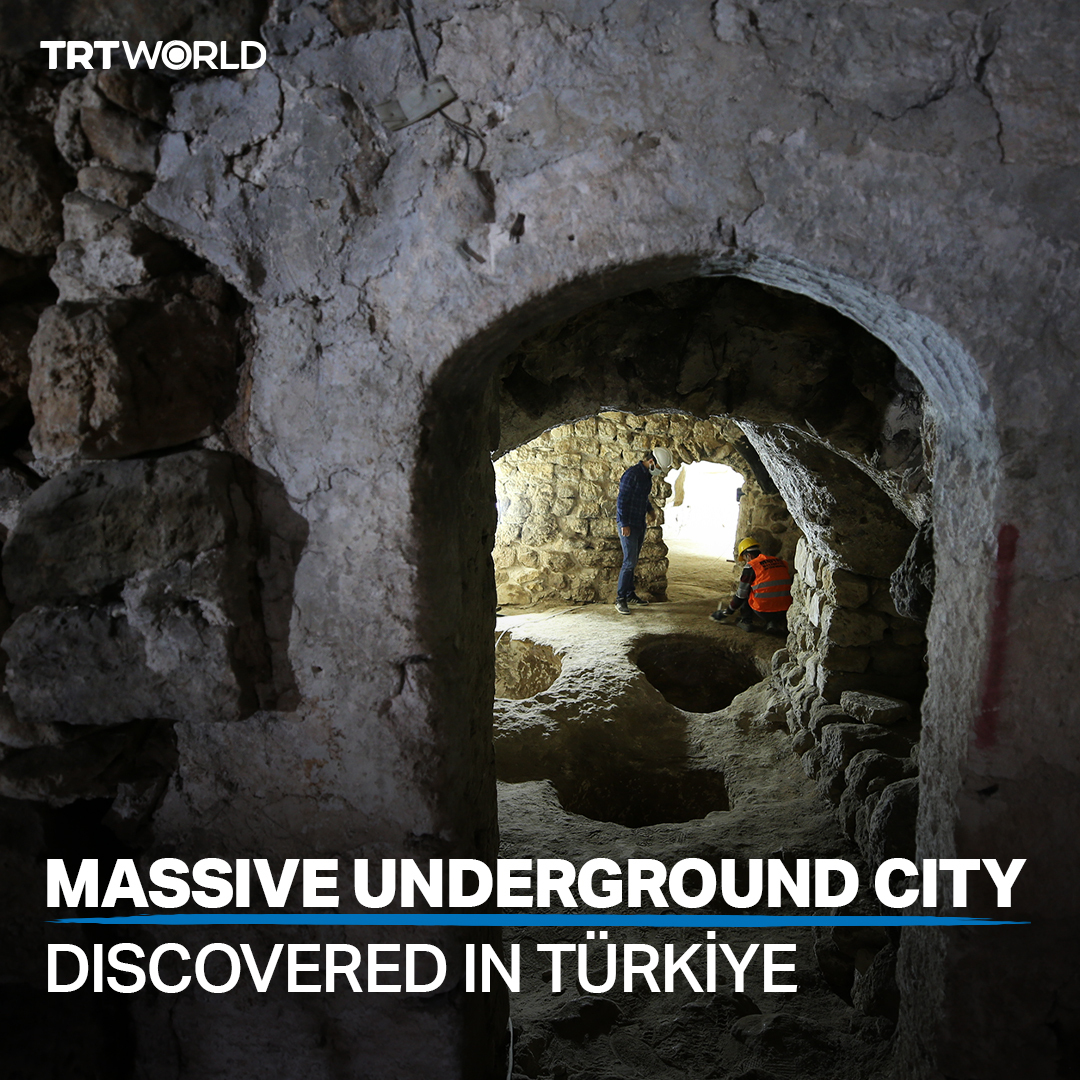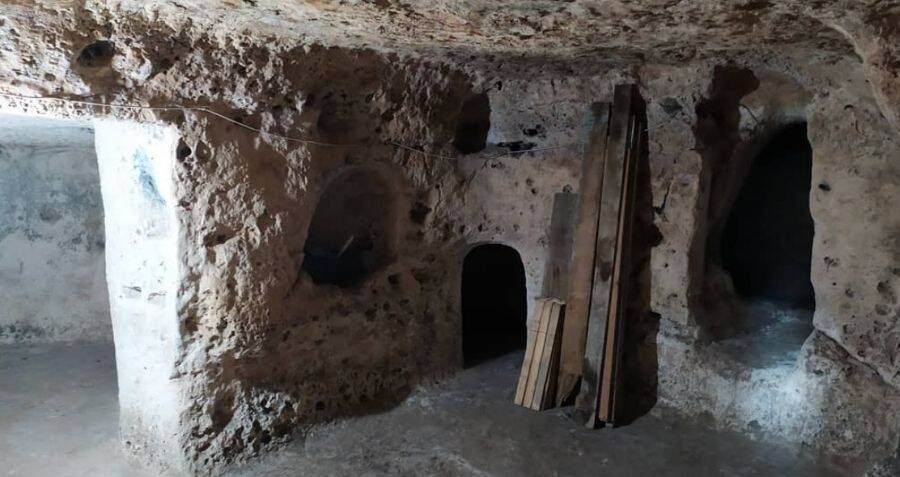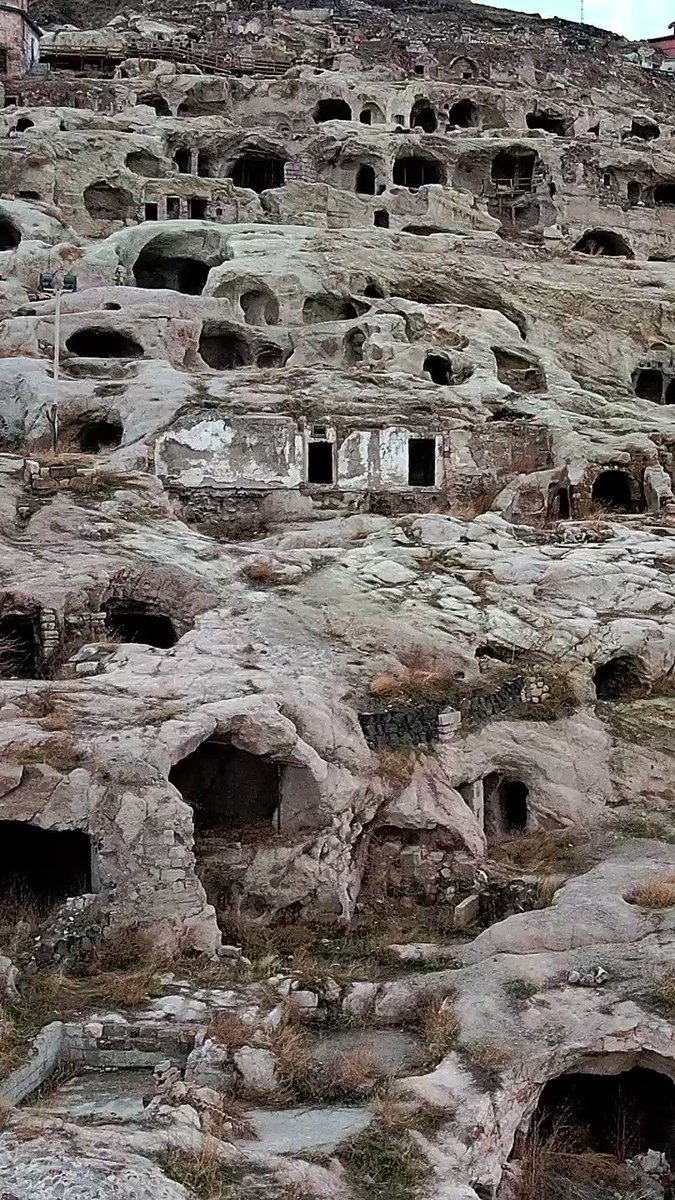Anthropology
Related: About this forumEnormous Underground City Uncovered in Turkey
By Andy Corbley -Aug 11, 2022
An enormous underground city has been discovered in Turkey that was created by persecuted Jews and Christians in Imperial Rome.
At 74 acres, the ancient city is believed to have been inhabited as early as the 1st century, and acted as a home and synagogue for 70,000 people.
It all started when workers found what appeared to be a small cave while conducting restoration work on nearby houses in the town of Midyat, southeast Turkey, in 2020. Midyat is often called an open air museum, as the city is just riddled with ancient stone structures.
Preliminary surveys found it was in fact not a cave, but a series of galleries, silos, chambers, and even areas of worship.
More:
https://www.goodnewsnetwork.org/enormous-underground-city-discovered-in-turkey/



https://allthatsinteresting.com/thumb/1200.633.






~ ~ ~
Underground city unearthed in Turkey may have been refuge for early Christians
By Tom Metcalfe published May 13, 2022
Archaeologists in southeastern Turkey have unearthed a vast underground city that was built almost 2,000 years ago.
Archaeologists in southeastern Turkey have unearthed a vast underground city that was built almost 2,000 years ago and could have been home to up to 70,000 people. The subterranean complex may have been a protected space that early Christians used to escape Roman persecution.
The first underground chambers of the ancient complex were found about two years ago, during a project to clean and conserve historical streets and houses in the Midyat district of Mardin province.
Workers on the project first discovered a limestone cave, and then a passage into the rest of the hidden city, Gani Tarkan, the director of the Mardin Museum and the head of the excavations, told the Turkish government-owned Anadolu Agency(opens in new tab). That said, some of the local people had already known that there were caves below Midyat, but had not known there was an entire underground city, Tarkan told Live Science in an email.
Now, 49 chambers have been unearthed in the colossal complex, as well as connecting passages, water wells, grain storage silos, the rooms of homes, and places of worship, including a Christian church and a large hall with a Star of David symbol on the wall, which appears to be a Jewish synagogue.
More:
https://www.livescience.com/christians-hid-from-romans-in-underground-city
Baitball Blogger
(51,574 posts)Karadeniz
(24,710 posts)Warpy
(114,318 posts)The underground cities of Cappadocia date from about 300 BCE and were likely built by Phrygians, not Christians or Jews.
Chances are they started out as shelters from volcanic eruption or climate catastrophe, not sustained military conquest or religious persecution. While they had pens for livestock and facilities for stored grain and livestock feed and deep cisterns for water, they were most likely occupied only episodically and for brief periods. People and livestock just don't do well underground, making it unlikely they were occupied sustainably over months or years.
It will be some time before they nail down how long ago the bolt holes were first begun and who had the bright idea of going to ground, but my best guess is that less elaborate accommodations long predated the Phrygians. There are multiple levels at Cappadocia and those had to have been the work of generations and most likely of different peoples for different reasons. However romantic the idea of "Roman catacombs east" might be, I find that the least likely explanation for those elaborate bolt holes.